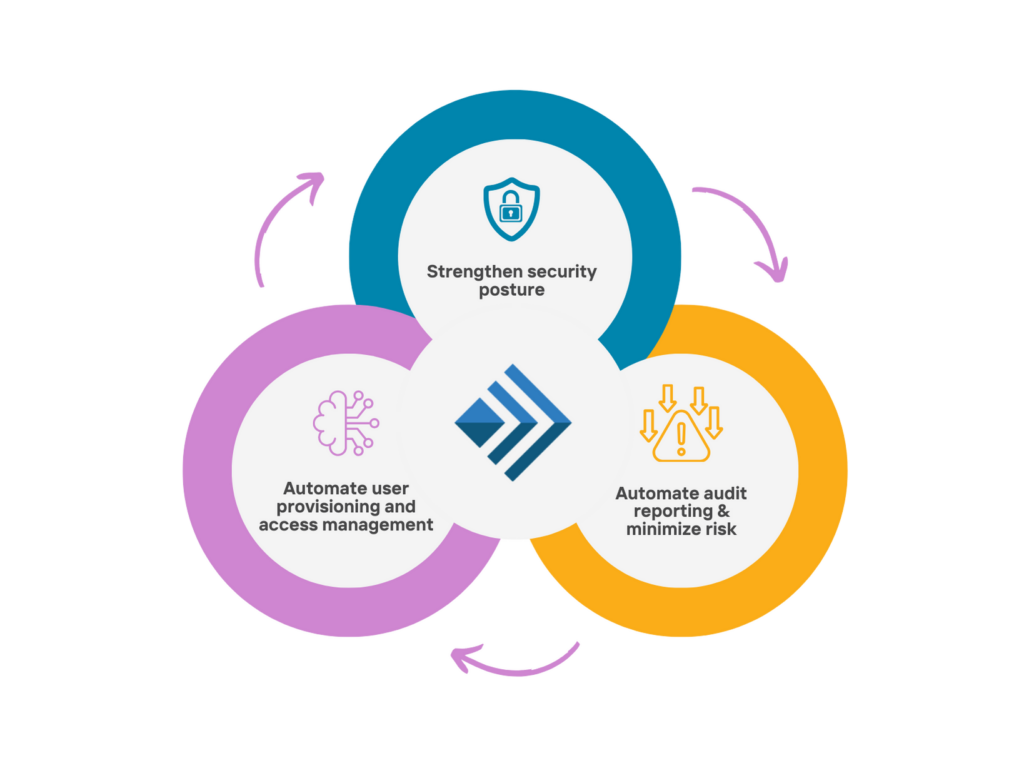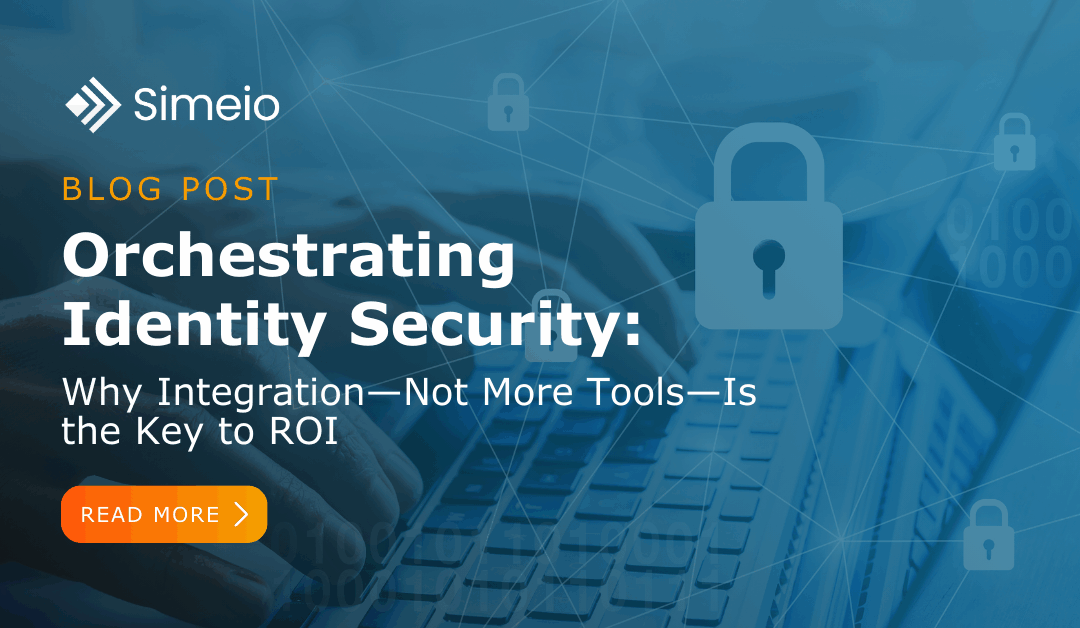


5 Ways to Modernize Identity Compliance Before Your Next Audit
Imagine this: a Fortune 500 company—let’s call them Company X—discovered during a routine audit that more than 2,000 former employees still had active access to sensitive systems, including customer data, financial applications, and internal collaboration tools. No...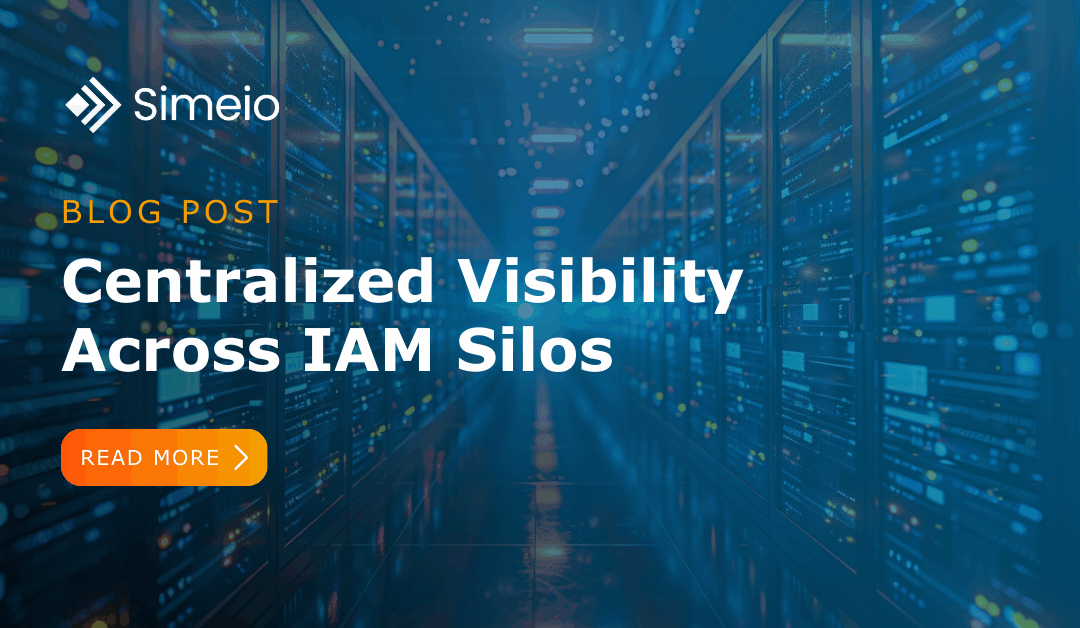
Break Down IAM Silos: See, Secure, and Simplify Your Identity Data
If you pick 10 security leaders randomly, at least 9 will tell you identity-related threats are a big worry. Identity security is a constant headache because of digital transformation, which expanded the machine and user identities security teams must manage. For...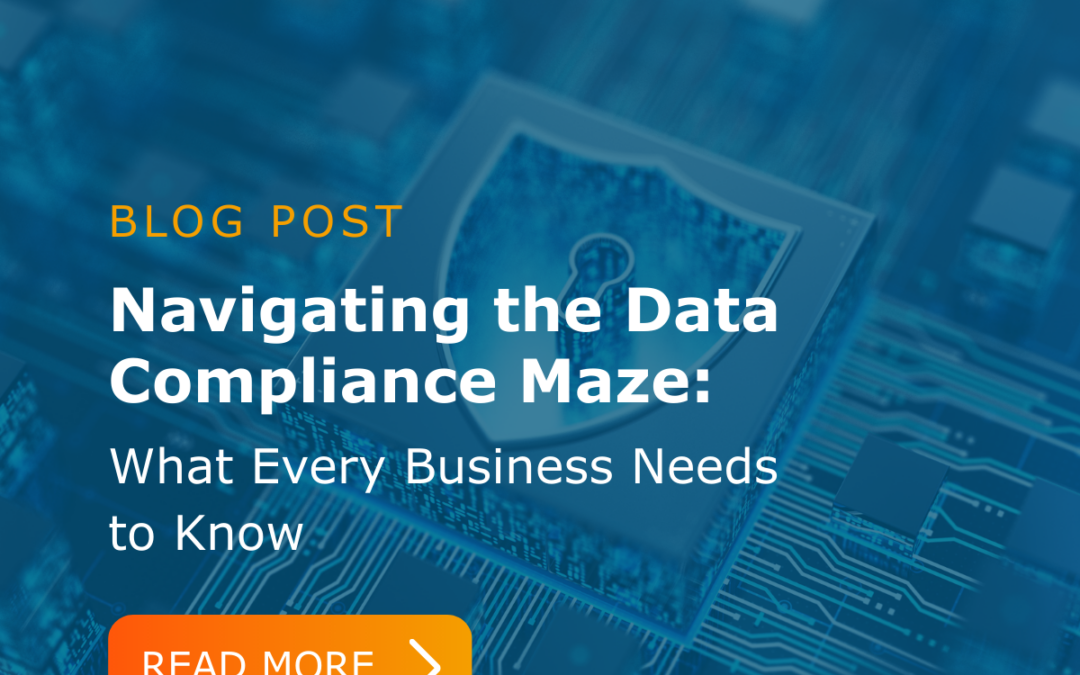
Navigating the Data Compliance Maze: What Every Business Needs to Know
Data is the lifeblood of modern businesses, but with great data comes great responsibility. Across industries, companies must navigate an evolving regulatory landscape to protect customer information, prevent breaches, and maintain compliance with global and...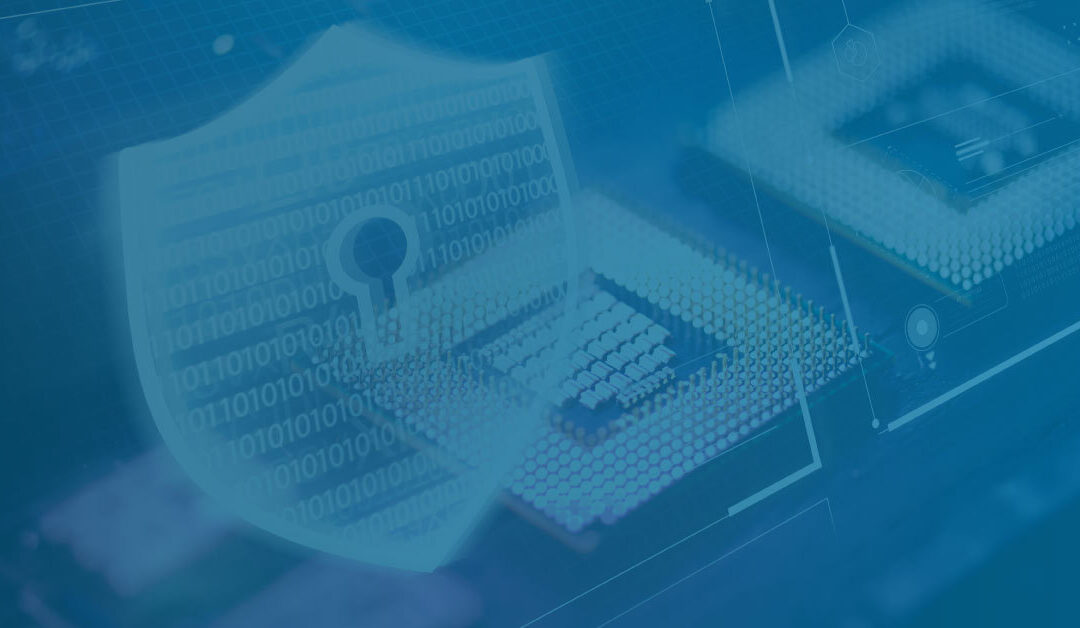
From Frustration to Innovation: Advancing Your IAM Strategy
For many organizations, Identity and Access Management (IAM) is a ticking time bomb. Security breaches, compliance failures, and operational inefficiencies continue to plague businesses—yet, many still rely on traditional IAM consulting models that fail to deliver...

